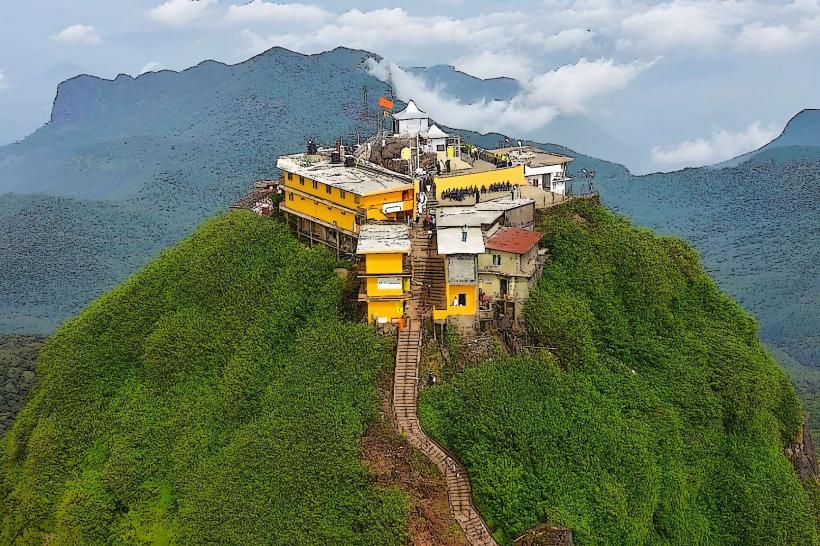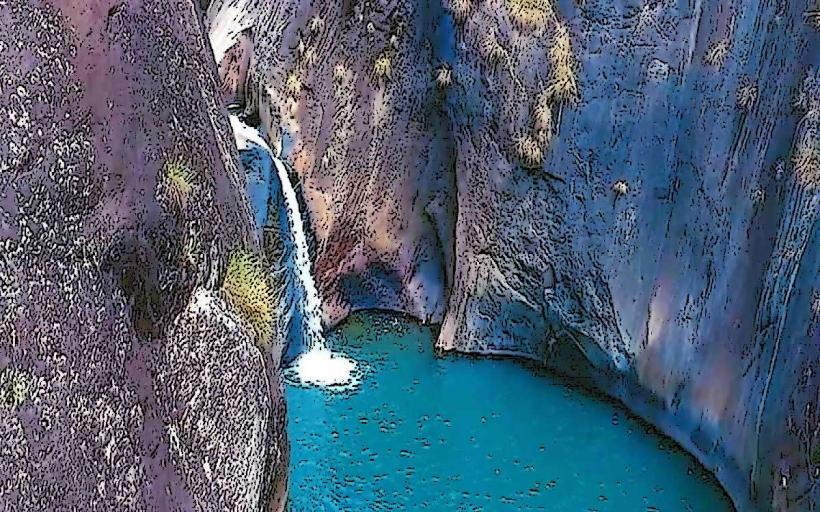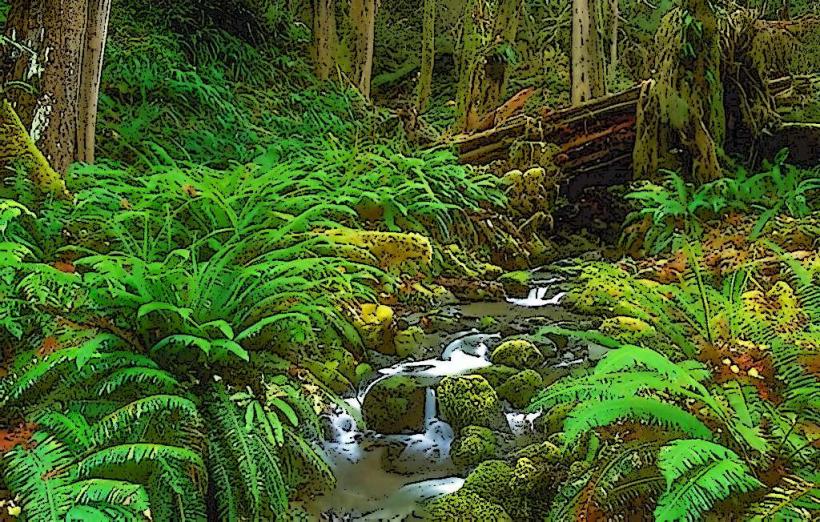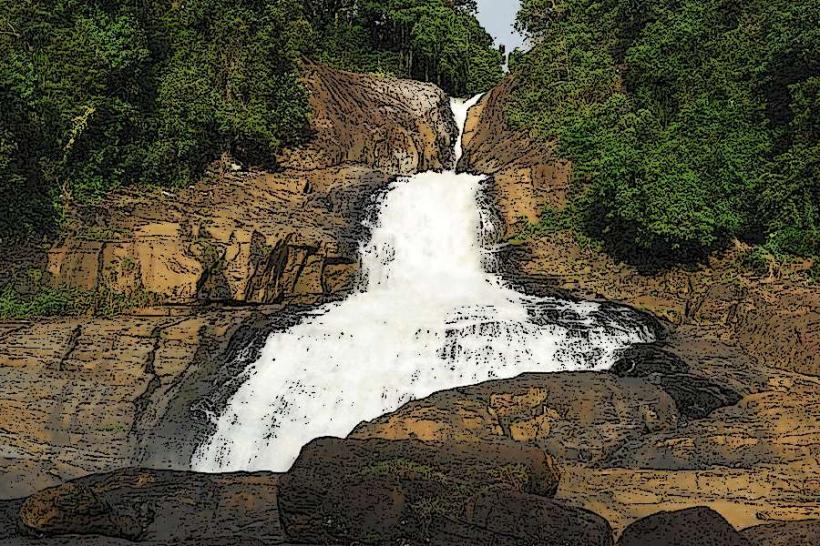Information
Landmark: Gem MuseumCity: Ratnapura
Country: Sri Lanka
Continent: Asia
The Gem Museum in Sri Lanka is a fascinating destination that showcases the country's rich history and expertise in gem mining, processing, and trading. Sri Lanka has long been known for its high-quality gems, including sapphires, rubies, topaz, and tourmaline, and the museum provides an in-depth look into the island's long-standing relationship with these precious stones.
1. Overview
- Location: The Gem Museum is located in Colombo, the commercial capital of Sri Lanka. Some gem museums are also located in Ratnapura, a town famous for its gem mines.
- Significance: Sri Lanka is known as the "Island of Gems", and the Gem Museum plays a key role in preserving and promoting the heritage of Sri Lanka’s gemstone industry. The island is famous for its high-quality Ceylon sapphires and other precious gems, which have been a part of Sri Lanka’s culture for thousands of years.
2. History and Heritage of Sri Lankan Gemstones
- Ancient Trade: Gemstones have been mined and traded in Sri Lanka for over 2,000 years, with evidence of the industry being documented as far back as the Roman Empire. Sri Lankan gems have been highly prized by kings and emperors, and they have played an important role in the island’s cultural and economic development.
- Ratnapura: Often called the “City of Gems”, Ratnapura in the southwestern part of Sri Lanka is famous for its gemstone mining, particularly sapphires, rubies, and garnets. The Gem Museum in Colombo and Ratnapura is a reflection of this rich gem-mining history.
3. Exhibits and Collections
The Gem Museum offers a comprehensive collection of exhibits that cover different aspects of Sri Lanka’s gem industry.
a. Gemstones
- Types of Gems: The museum showcases a vast array of gems, including sapphires, rubies, topaz, tourmaline, aquamarine, and amethyst. Visitors can see both rough and polished gemstones, with explanations about their origins, mining techniques, and specific characteristics.
- Sri Lanka's Famous Gems: One of the highlights of the museum is the display of Ceylon sapphires, which are known for their vivid blue color and exceptional clarity. The museum may also feature the famous blue sapphires that have been used in royal jewelry, such as the sapphire in Princess Diana's engagement ring.
- Gemstone Quality: The museum provides details about the factors that determine the quality of gemstones, such as color, clarity, cut, and carat weight.
b. Mining and Processing
- Mining Methods: The museum explains the traditional and modern methods used in Sri Lanka for gem mining, from open-pit mining to shaft mining. Displays of mining tools and techniques give visitors insight into the process of extracting gems from the earth.
- Gem Cutting and Polishing: The museum also showcases how gemstones are cut, polished, and set into jewelry. Visitors can learn about the different cutting techniques used to enhance the color and clarity of gemstones, as well as the precision required to craft each gem into a beautiful piece of jewelry.
c. Jewelry and Artifacts
- Gem Jewelry: The museum often features a stunning collection of jewelry made from Sri Lanka’s famous gems, including rings, necklaces, earrings, and bracelets. These pieces highlight the skill of Sri Lankan jewelers and the beauty of the gemstones.
- Ancient Artifacts: The museum may display historical artifacts and jewelry that date back to ancient Sri Lanka, demonstrating the long-standing tradition of gem use in religious and royal contexts.
4. Educational Aspects
The Gem Museum provides a wealth of educational resources to visitors, whether they are interested in learning about the geological aspects of gemstones or the cultural significance of gems in Sri Lanka.
a. Informational Displays
- Interactive Exhibits: The museum offers interactive displays where visitors can learn about the different types of gems, how they are mined, and their significance in Sri Lankan culture.
- Educational Videos: Some museums include short films or video presentations about the history of gem mining and the process of gemstone identification, enhancing the learning experience.
b. Guided Tours
- Expert Guides: Visitors to the museum often have the opportunity to take guided tours, where expert guides explain the history of the gem trade in Sri Lanka, details about specific gemstones, and the science behind the gemstones on display.
- Gem Identification: In some cases, visitors may be able to learn about how to identify various gemstones and how to distinguish between natural and treated gems.
5. Buying Gems
Many gem museums in Sri Lanka, particularly those in Colombo, offer the opportunity for visitors to purchase authentic Sri Lankan gemstones directly from the museum’s shops or through associated jewelry stores. Visitors can buy:
- Loose gemstones: Various types of polished gems, including sapphires and rubies.
- Jewelry: The museum often sells locally made jewelry featuring Ceylon gemstones, including rings, pendants, and bracelets.
- Certification: Reputable gem museums provide certificates of authenticity and sometimes offer detailed reports about the gemstone's quality and origin.
6. The Gem Mining Process
The Gem Museum provides an in-depth look at the fascinating gem mining process in Sri Lanka. Visitors can learn about:
- Traditional Mining Techniques: These include manual digging and using simple tools to extract gems from the earth.
- Modern Mining Techniques: Larger machinery and more advanced methods used in commercial mining operations.
- Environmental Impact: The museum might also discuss the environmental challenges posed by gem mining and the steps taken to reduce its impact.
7. How to Visit
- Location: The museum is typically located in the heart of Colombo, making it easy for tourists to visit while exploring the city. Ratnapura, known for its gem mining, also has its own gem museum where visitors can learn about the history and significance of gems in the region.
- Hours of Operation: Gem museums generally open every day, and it is recommended to check their hours in advance. They are typically open from 9:00 AM to 6:00 PM.
- Entry Fee: Entry fees are generally affordable, and some museums offer discounts for students, locals, or groups. It’s best to inquire at the museum for specific fees.
8. Conclusion
The Gem Museum in Sri Lanka is an excellent destination for anyone interested in the fascinating world of gemstones, mining, and Sri Lanka’s long history with these precious stones. Whether you're an enthusiast or a casual traveler, visiting the museum offers a chance to deepen your understanding of Sri Lanka's role in the global gemstone industry and the importance of gems in the island's culture and economy.





